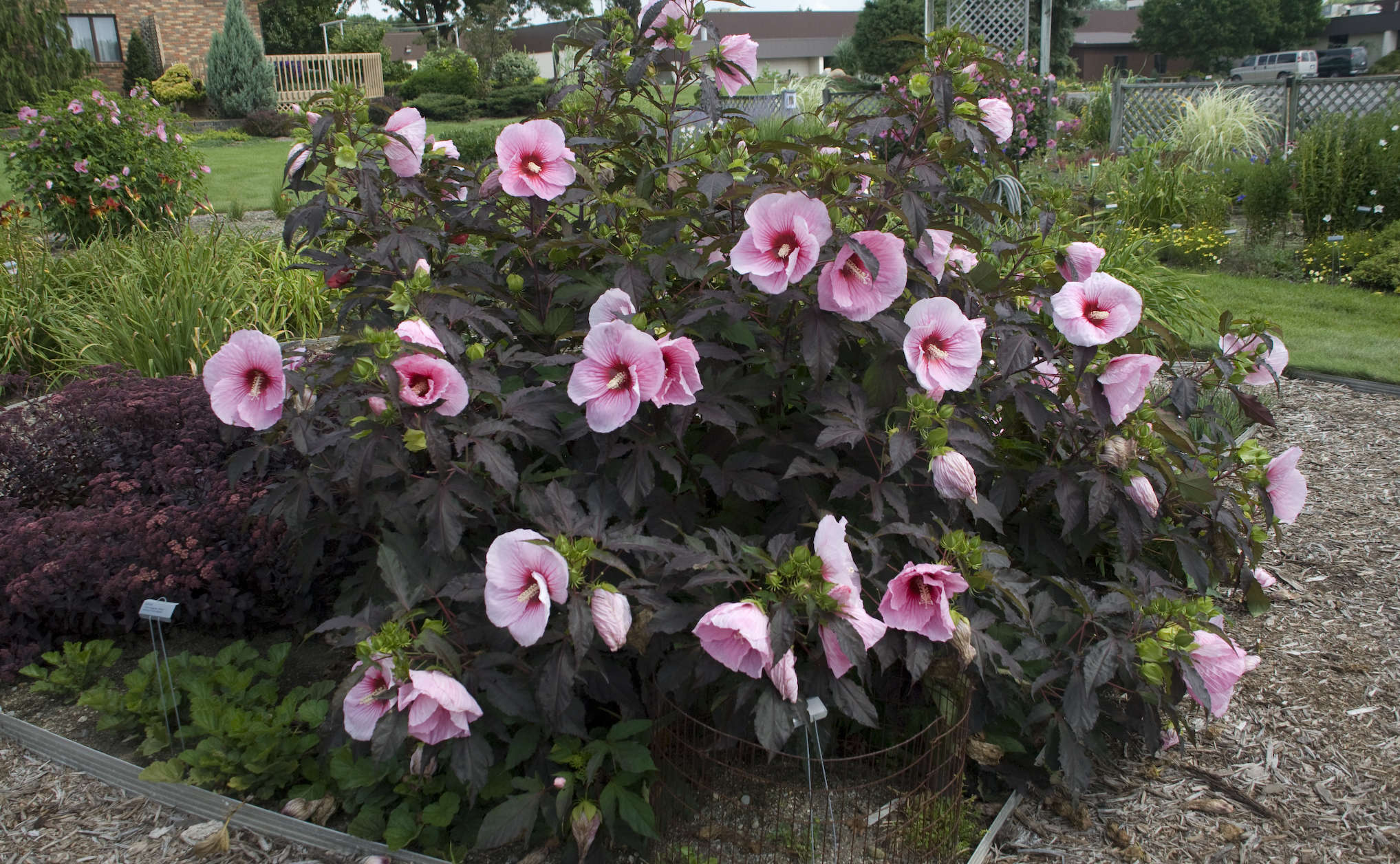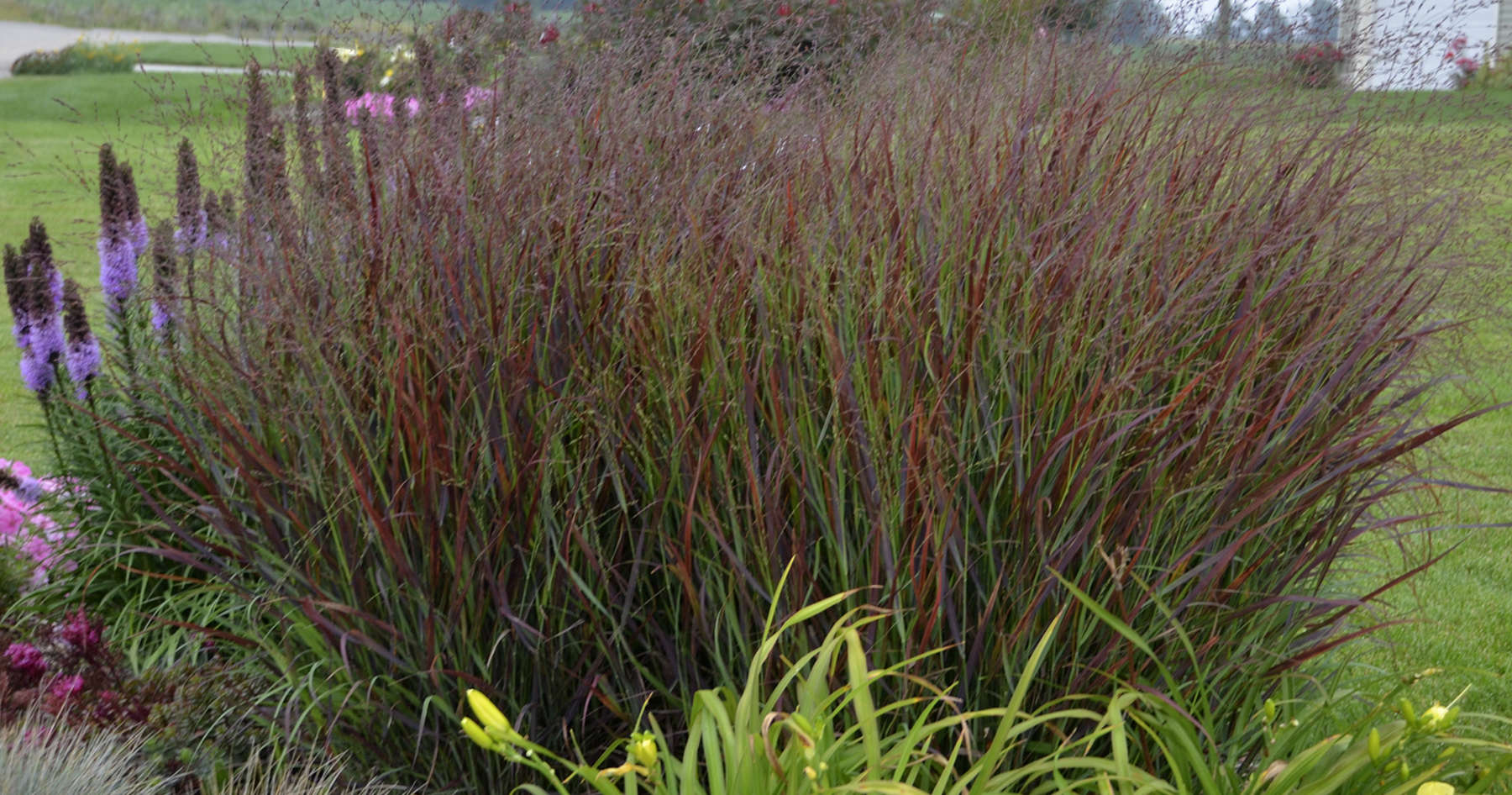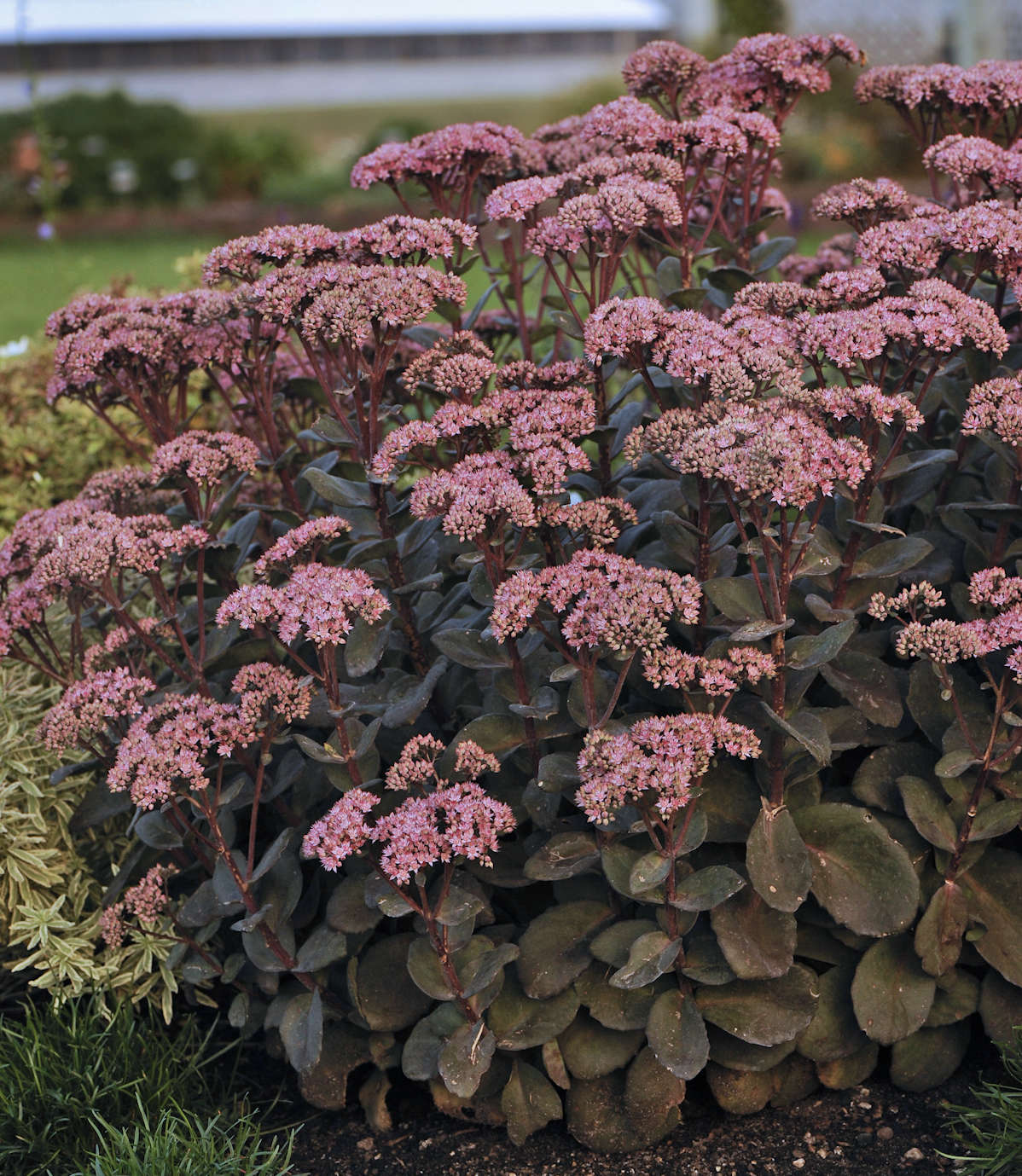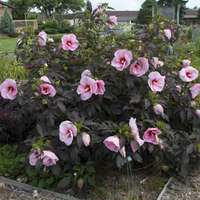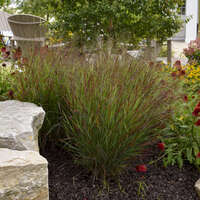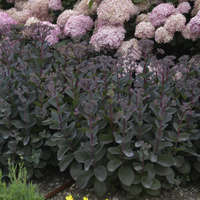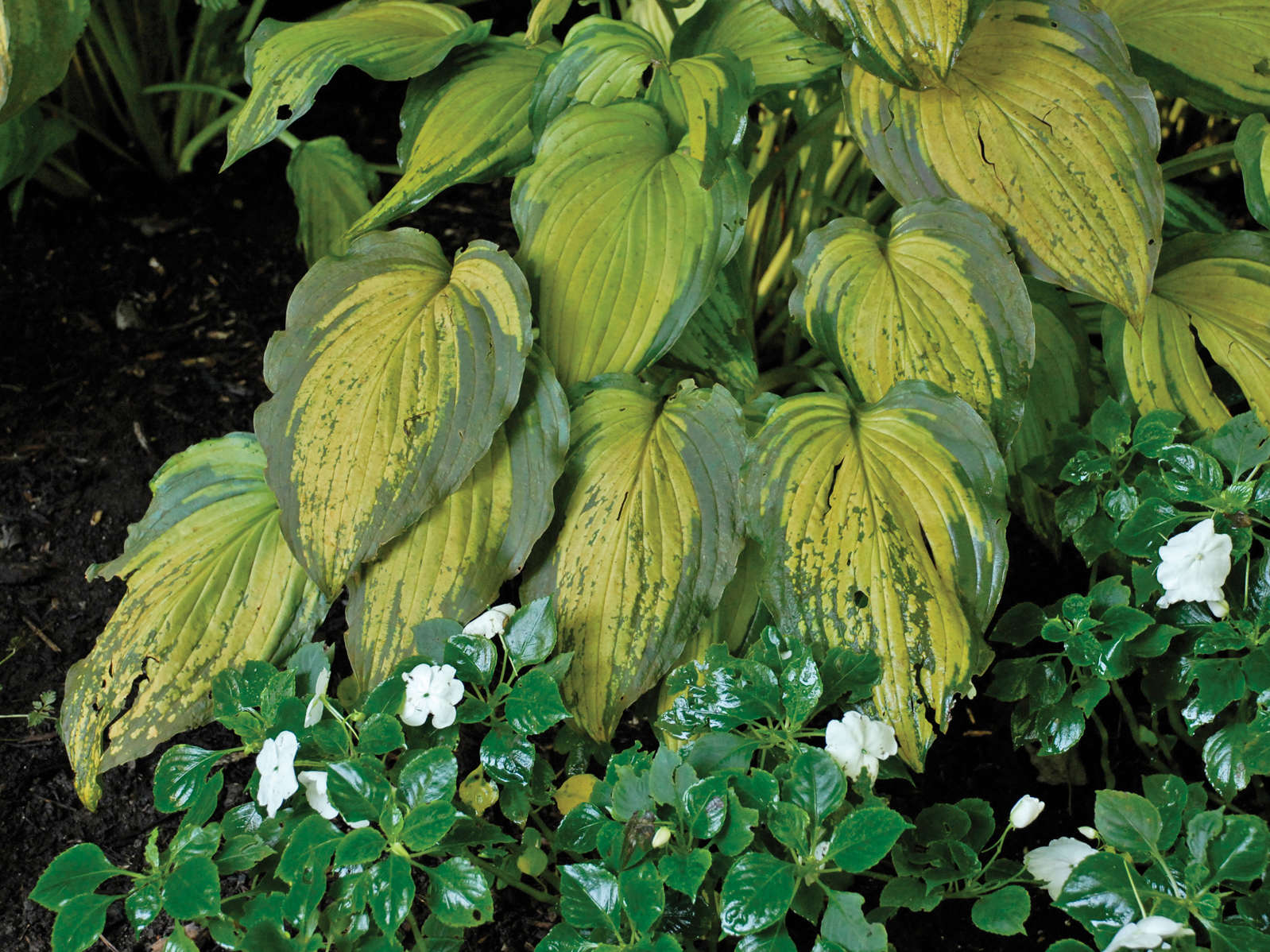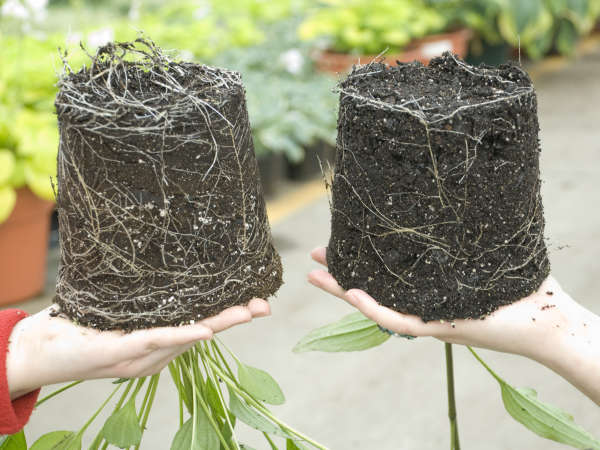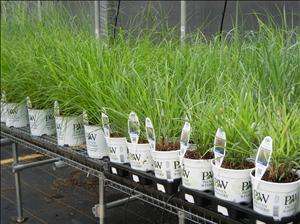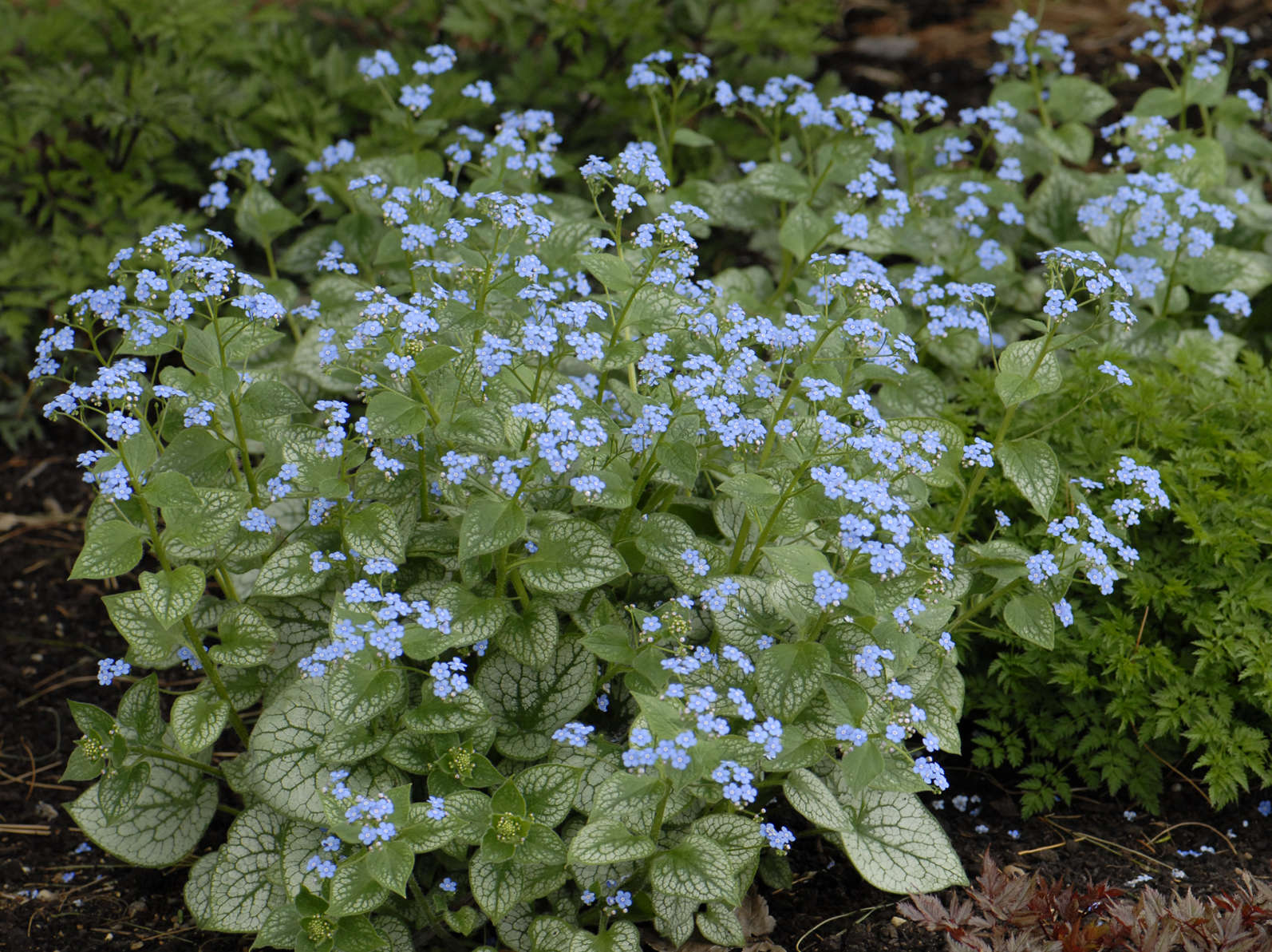Choosing the Best Growing Environment for Perennials
03/13/2013
by Paul Pilon
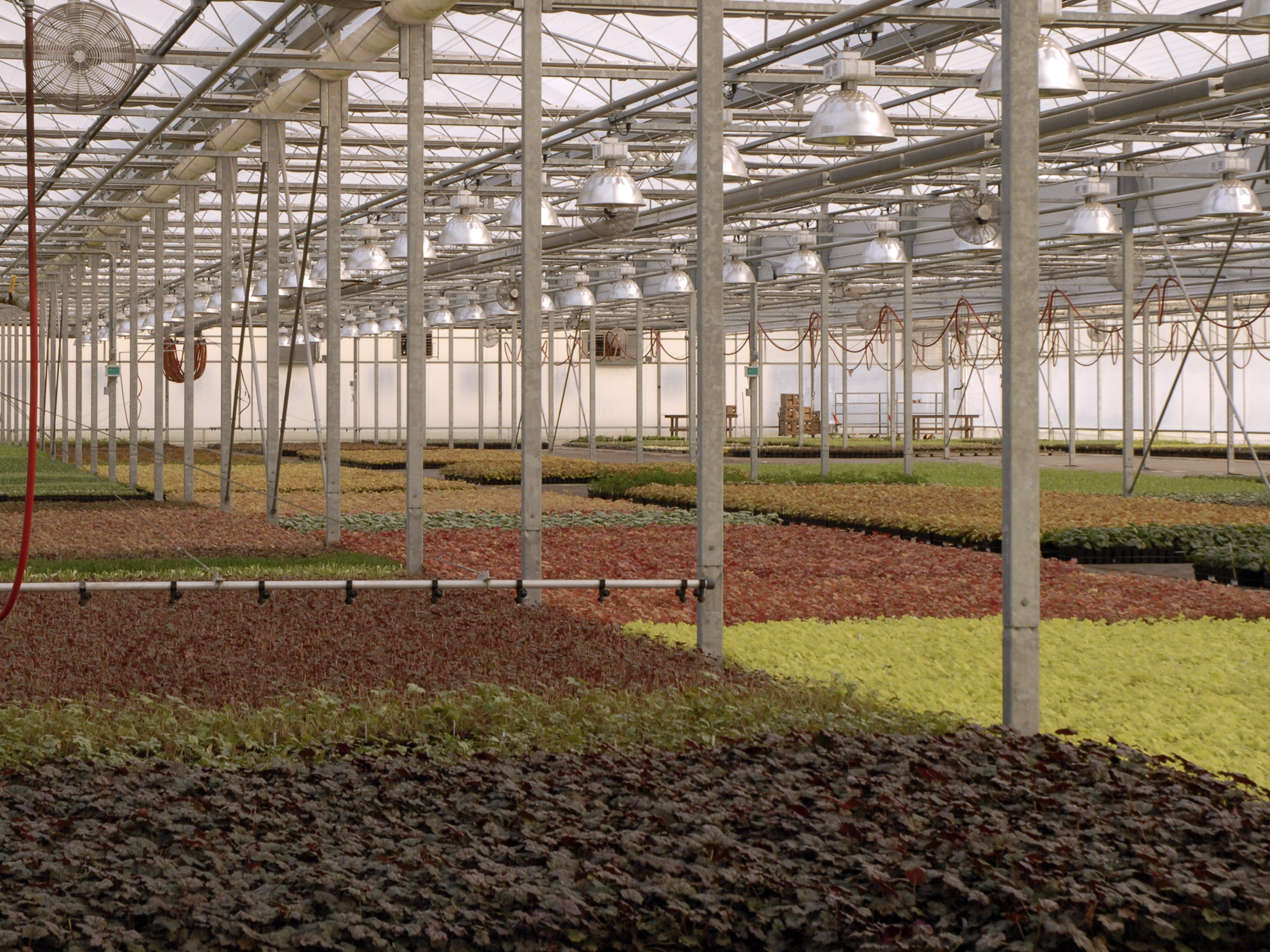
Growers can become more successful with perennials by growing them in locations that are best suited to the variety. Some of the most common growing environments include unheated cold frames, Quonset structures, gutter connect greenhouses, and outdoor production sites.
The decision to grow perennials in a specific environment is often a matter of where production space is available, when the finish product is needed, or where a certain level of profitability can be obtained.
Covered Growing Facilities
Growers can produce perennials in numerous types of covered facilities (heated or unheated) which have varying heating and ventilation capacities. Covered facilities are often used to provide protection while overwintering perennials. Enclosed environments are also utilized to force perennials into bloom for early season sales.
Covered growing facilities allow solar gain and heat accumulation during the day, supply reduced light intensities (approximately half of ambient levels), and maintain elevated relative humidity levels compared to uncovered production areas. These factors combined with other variables such as crop spacing, fertility regime, and irrigation management influence the growth and appearance of the plants grown there.
In general, plants grown inside structures have slightly reduced quality characteristics namely due to lower light intensities and higher relative humidity compared to those grown in outdoor production sites.
Outdoor Production Sites
In certain geographic locations or when conditions are suitable, many growers utilize outdoor production sites to produce their perennials. Some growers utilize outdoor sites in an effort to reduce their input costs. Outdoor production beds are considerably less costly to install and maintain than similar square footage covered with greenhouses.
In addition to saving money by not having to heat the crops, growing perennials outdoors usually results in crops with improved quality characteristics compared to identical containers grown in heated greenhouses. The most common improvements include fuller, more compact plants with better branching, improved foliage coloration, and more flower buds. Increased plant quality is attributed to a number of factors including cool temperatures, high light levels, and natural air movement.
Quality Comparison
Whenever I have come across perennials that are being produced both outside and in covered facilities simultaneously, the plants being grown outside always look nicer than the same varieties being grown inside. In general, the plants grown outside are more compact with a fuller, more well-branched habit. Three specific examples are given below.
Hibiscus 'Summer Storm' PP20443
Hibiscus 'Summer Storm' naturally has deep wine purple foliage and large pink flowers with rose veining. At least this is how they appear when they are grown in full sun outdoors. However, when 'Summer Storm' is grown inside a structure, it looks like a different plant altogether. Plants grown inside greenhouses have green foliage, develop fewer intermediate flower buds, and produce flowers that appear more white than light pink.
Hibiscus 'Summer Storm' plants grown inside (pictured left) do not have the characteristic deep purple foliage color, develop smaller and lighter colored flowers, and develop fewer indeterminate flower buds compared to plants grown outside under natural light.
Panicum virgatum PRAIRIE WINDS® 'Cheyenne Sky' PP23209
Pancium 'Cheyenne Sky' is a reliable ornamental grass with blue-green foliage that starts to turn wine red in early summer. However, when it is grown inside of a structure, the plants do not bulk up as nicely, they grow taller, and develop significantly less of the desired wine red foliage color.
Panicum 'Cheyenne Sky' plants grown inside develop significantly less of the characteristic wine red coloration than plants that are grown under natural light outdoors (pictured right).
Sedum ROCK 'N GROW® 'Maestro' PP20094
Sedum 'Maestro' is an upright sedum with a compact growing habit. Like Panicum, the foliage is initially blue-green and turns purple as the season progresses. When 'Maestro' is grown indoors, it does not bulk up or fill out the containers as nicely and the plants are of notably lower quality compared to Sedum which have been grown outside. Similar to the perennials mentioned above, the foliage stays green and does not develop the proper purple coloration as it does outdoors.
In addition to the three examples above, there are many other perennials which result in improved quality characteristics when they are grown outside. For example, daylilies tend to be more compact, appear fuller, flower more uniformly, and have more flowers when they are grown outside. Creeping phlox and lavender also grow better outside where the temperatures are cooler, the relative humidity is lower, and the light intensity is higher.
Determining the Best Growing Environment for Perennials
In general, most perennials with purple foliage such as Hibiscus 'Summer Storm’, Panicum 'Cheyenne Sky', and Sedum 'Maestro' require natural light levels which contain ambient levels of ultra violet rays to achieve maximum plant quality and appearance.
The coverings used over enclosed production facilities typically filter out some of the light wavelengths that are necessary for the formation of anthocyanins (red/purple pigments) within the plant. Without the appropriate wavelengths of light, many perennials with red or purple leaf coloration will appear more green and may not even resemble the foliage characteristics they are known for.
Many types of perennials experience less elongation, exhibit better branching, and develop more flowers when they are produced outdoors. From a plant quality perspective, plants grown outside usually have higher quality attributes compared to the same plants grown indoors.
What are the risks or downsides of producing perennials outside? Growers give up some control of their crops when they put them in the hands of Mother Nature. They sacrifice predictability and potentially the ability to produce flowering crops for specific market dates. Frost injury, damage from wind, heavy rains, hail, and floods are all weather related factors that can injure crops and possibly have a negative effect on production and marketability.
Sometimes it is best to let Mother Nature work her magic on perennials. If you’ve been struggling to grow a particular type of perennial indoors, consider moving it outdoors. You may be surprised at the results.
Paul Pilon is a horticultural consultant, owner of Perennial Solutions Consulting (www.perennialsolutions.com) and author of Perennial Solutions: A Grower’s Guide to Perennial Production. He can be reached at paul@perennialsolutions.com or (616) 366-8588.
